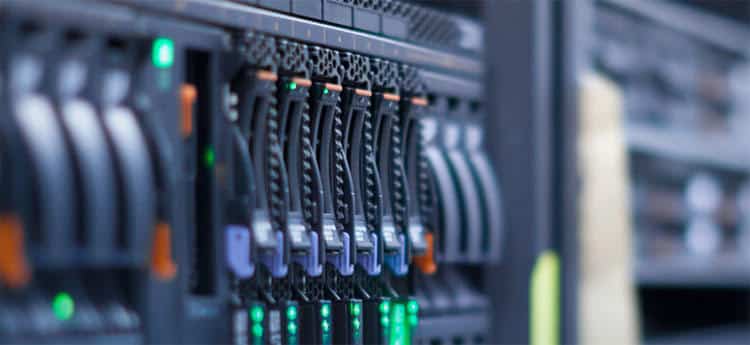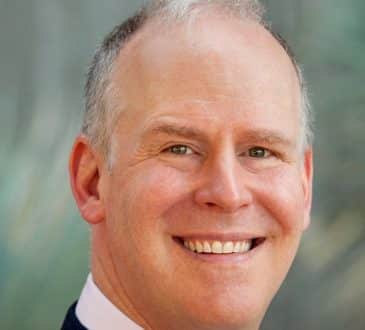How Green Web Hosting Works

Here’s a horrifying thought for your morning cup of coffee: By 2020, the web hosting industry will be generating more environmental pollution than the airline industry. For the average person, that thought is incomprehensible, mostly because they don’ really understand how server hosts work.
The Ugly Truth about Data Centers, Web Hosts, and the Environment
- According to 2018 statistics, there are 9 million data centers around the world, with about 3 million of those existing in the United States.
- These data centers take up about 1.9 billion square feet of space, roughly the size of Baton Rouge, Louisiana.
- In order to keep up with customer demand, these data centers run 24 hours a day, every day.
- That means not only are the individual servers constantly drawing power but so are the lights, the air conditioning – essential to keeping servers running 24/7 – plus the facilities for human workers as well as the fuel spent for those workers to go to and from each data center.
- All of this power is generated by burning non-renewable fuels that emit carbon and other pollutants.
- Each web hosting server produces 1,390 pounds of carbon dioxide per year.
Going Green: How It Works
Green web hosting refers to the process of web hosting companies and data centers striving to accomplish two objectives: The first is to minimize the amount of energy that is used originally in powering data centers. The second objective is to use as much renewable energy as possible to provide that power.
Renewable energy means that the energy is coming from natural sources and is being replenished frequently. Common types include solar, wind, geothermal, hydroelectric, biomass, and tidal/wave.
When web hosts commit to using renewable energy, they purchase Renewable Energy Certificates (RECs) or Carbon Offset Certificates (VERs). RECs are produced by companies that create and sell renewable energy. When web hosts purchase these, they certify that they are assisting in the generation of renewable energy. The company that sells the RECs is awarded money from the government as a result, which it can use to cover costs of doing business and exploring more green energy projects.
VERs are certificates that state that greenhouse gasses have been reduced by a certain amount in the production of a set amount of energy.
A Green Data Center?
While most of the green movement is by individual web hosts, UK’s Kualo has taken it a step farther by building a green hosting facility known as Centro that is powered entirely by renewable energy. One of its most impressive features is that it guides the hot air expelled by its servers as they run and pulls it completely out of the building. Thus, its air-conditioning system is not constantly trying to reduce the temperature of hot air. It also uses water-based chillers that have a unique function known as free cooling technology. When the outside air temperature is within a certain range, it is pumped directly into the building instead of wasting energy by having the chillers running at full speed.
Six Great Web Hosts Who Have Gone Green
A2 Hosting – With servers in the US, UK, Canada, France, and Australia, A2 is partners with some of the most environmentally-conscious countries in the world. It is VER-certified and has partnered with Carbon Fund since 2009. In that decade, A2 Hosting’s carbon emissions offset donations have reduced greenhouse gases by 2.3 million pounds, the equivalent of 27,000 new trees being planted.
Acorn Host: Acorn Host started out offering discounts to non-profits and green-oriented groups. It is REC certified these days and it shows in its data center relationships. Partners ServInt and Liquidweb both use low-voltage servers, contribute to reforestation efforts, and recycle hardware components that have ended their life expectancy.
GreenGeeks.com: GreenGeeks is so serious about giving back that the company pays for three times the energy it consumes. This REC-certified firm purchases wind-industry credits and also reduces its own footprint further by putting energy-efficient hardware into its servers located in data centers. GreenGeeks even invites its customers to go green and be rewarded with its Green Hosting accreditation banners.
HostPapa: HostPapa buys RECs to power everything from its office computers and laptops to web servers, data centers, and even the office space it is based out of. They specifically use and support wind and solar energy.
DreamHost: DreamHost puts its servers in data centers offering cooling plants that help reclaim water. These same data centers participate in clean wind programs, use high-efficiency cooling, and run directly off electricity generated from renewable sources DreamHost is VER- and REC-certified. At the end of 2017, it had invested enough money in certificates to offset close to 30,000 tons of carbon dioxide.
EcoHosting: EcoHosting goes beyond eco-efficiency, supporting conservation efforts such as the re-establishment of natural habitats for animals and biodiversity. It also invests in reforestation projects in its native UK as well as supporting conservation and forestry research. It is VER-certified.
Conclusion
Environmental pollution as a direct result of Internet use is not going away, and will only intensify as more people use more technology devices and demand more storage, data, and bandwidth. Environmentally-responsible companies are joining the fight in droves, but the conscious effort of customers to demand green web hosting will be the real change of direction the industry needs to take a bigger stand.
Add CEOWORLD magazine to your Google News feed.
Follow CEOWORLD magazine headlines on: Google News, LinkedIn, Twitter, and Facebook.
Copyright 2024 The CEOWORLD magazine. All rights reserved. This material (and any extract from it) must not be copied, redistributed or placed on any website, without CEOWORLD magazine' prior written consent. For media queries, please contact: info@ceoworld.biz








